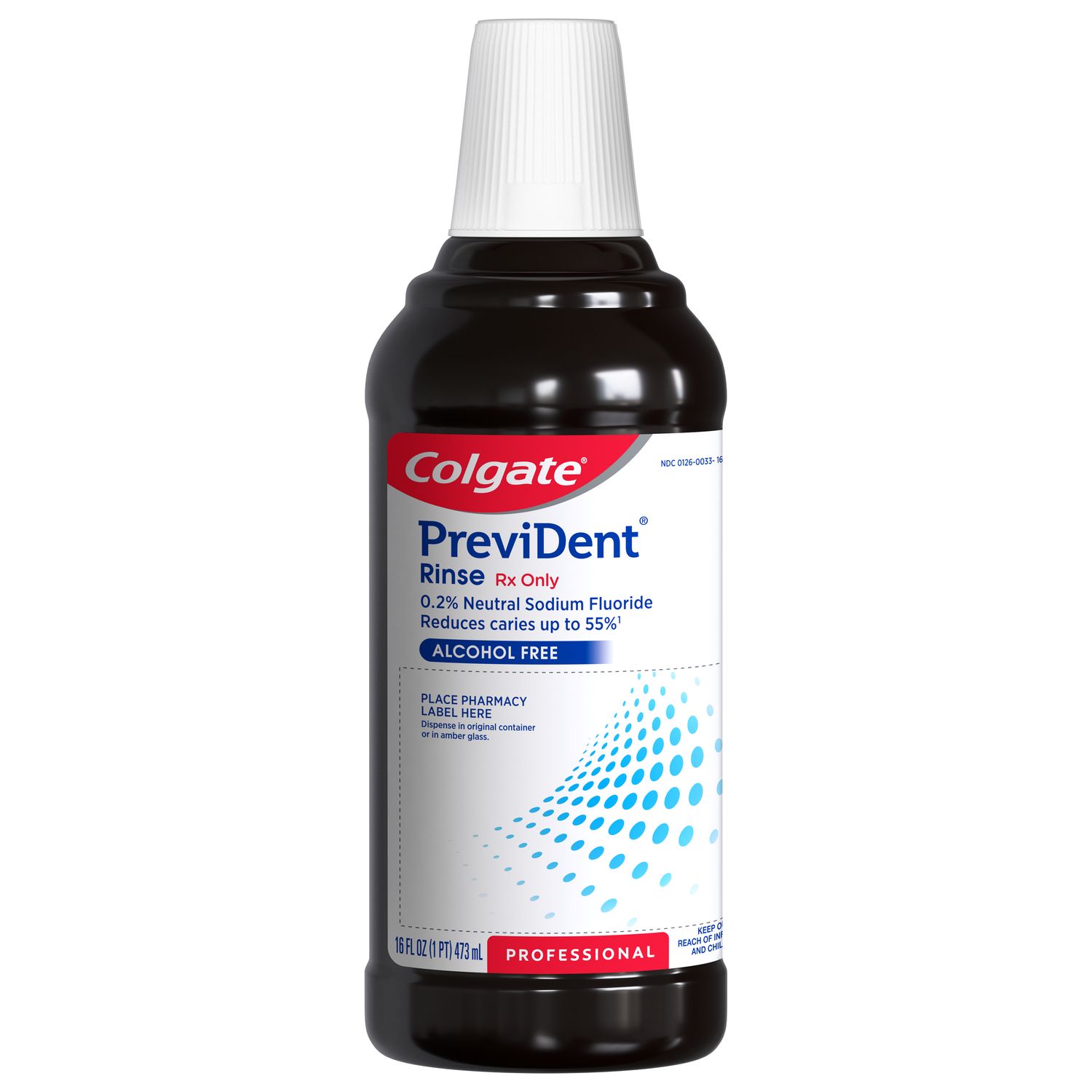4 Types of Mouth Lesions
Canker Sores
Canker sores can emerge in multiple areas of the mouth, including the tongue, inside the cheeks, gumline, and lips. While medical professionals aren't exactly sure what causes them, the consensus is that the immune system is related. Acidic foods, a mouth injury, hormonal changes, and emotional stress are believed to trigger canker sores.
Signs and Symptoms: Canker sores look shallow and round. They last approximately seven to 10 days and then go away on their own.
Treatment: There's no way to prevent or make canker sores disappear. You can reduce the pain, though, by rinsing with warm water, avoiding spicy or acidic foods, and relieving pain with over-the-counter pain relievers.
Cold Sores
Also known as a fever blister, the herpes simplex virus causes these sores. The virus is transmitted via saliva or skin contact. The sores appear as bunches of tiny blisters on the lips. The virus typically remains dormant when a person is initially infected. Sores can emerge due to various reasons, such as a cold or fever, emotional stress, overexposure to the sun, or even dental treatment.
Signs and Symptoms: The initial clinical symptoms of herpes simplex virus include nausea, vomiting, headaches, a sore throat, fever, and blisters—vesicular lesions—on the gum tissue and oral cavity. These symptoms typically occur about a week after exposure, and then it will be inactive until stress or a change in the immune system causes sores to reappear.
Treatment: Unfortunately, there is no cure for the virus that causes cold sores. Treatment options to speed up healing include the medicines Valtrex, Zovirax, and Famvir.
Oral Thrush
Thrush occurs when the Candida albicans fungus collects in the mouth. The painful lesions might bleed on contact. Some medications may cause thrush as a side-effect, but it also occurs in babies, people with compromised immune systems, people who wear dentures or use inhalers with corticosteroids.
Signs and Symptoms: The signs of thrush are red and inflamed lesions or white lesions on the tongue, cheeks, gums, or tonsils. They can be painful and bleed on contact. Other symptoms include loss of taste and dry mouth.
Treatment: Treatments can range from antifungal medication, diet changes, improved oral hygiene, and saltwater rinses.
Hand, Foot, and Mouth Disease (HFMD)
Hand, Foot, and Mouth disease is caused by a virus, like cold sores. This virus is common in young children under five and typically not very serious. However, it is very contagious. The CDC advises parents to sanitize surfaces and wash the child's hands and yours often.
Signs and Symptoms: Symptoms include painful red lesions on the inner cheeks and tongue, a red rash on the hands and feet, fever, sore throat, and general malaise. Symptoms emerge three to six days after contraction.
Treatment: The virus usually runs its course in seven to 10 days. A topical oral anesthetic can help with mouth sore pain, while pain medications like acetaminophen can relieve some symptoms like pain and fever.
Prevent the Spread
To avoid spreading the viruses that cause mouth sores, don't kiss anyone or share utensils or drinking glasses when the lesions or blisters are present. Maintaining good oral health is a good start when it comes to preventing oral infections from forming. Brush and clean between your teeth with floss, flossers, or interdental toothbrushes at least twice each day to prevent plaque, gingivitis, tartar build-up, cavities, and bad breath. And remember to schedule regular checkups with your dental professionals.
This article is intended to promote understanding of and knowledge about general oral health topics. It is not intended to be a substitute for professional advice, diagnosis or treatment. Always seek the advice of your dentist or other qualified healthcare provider with any questions you may have regarding a medical condition or treatment.
ORAL HEALTH QUIZ
What's behind your smile?
Take our Oral Health assessment to get the most from your oral care routine
ORAL HEALTH QUIZ
What's behind your smile?
Take our Oral Health assessment to get the most from your oral care routine















